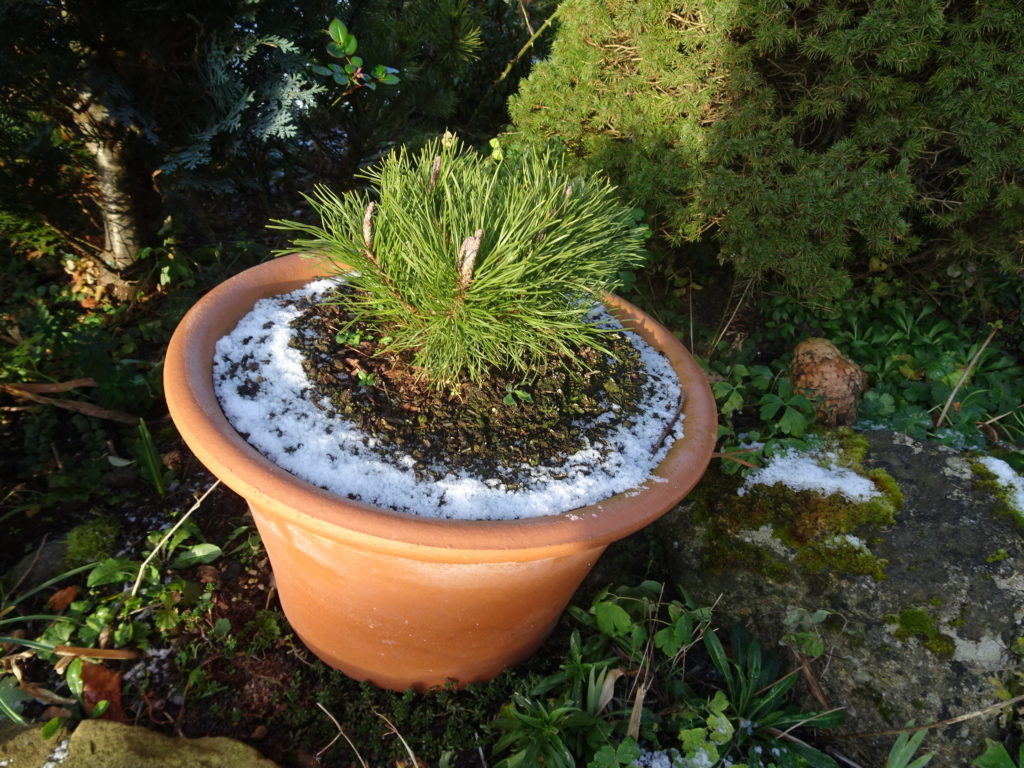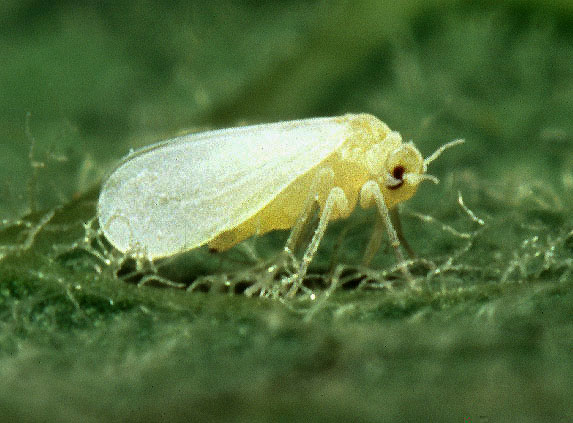Pentas – Urge to Grow Five Annuals
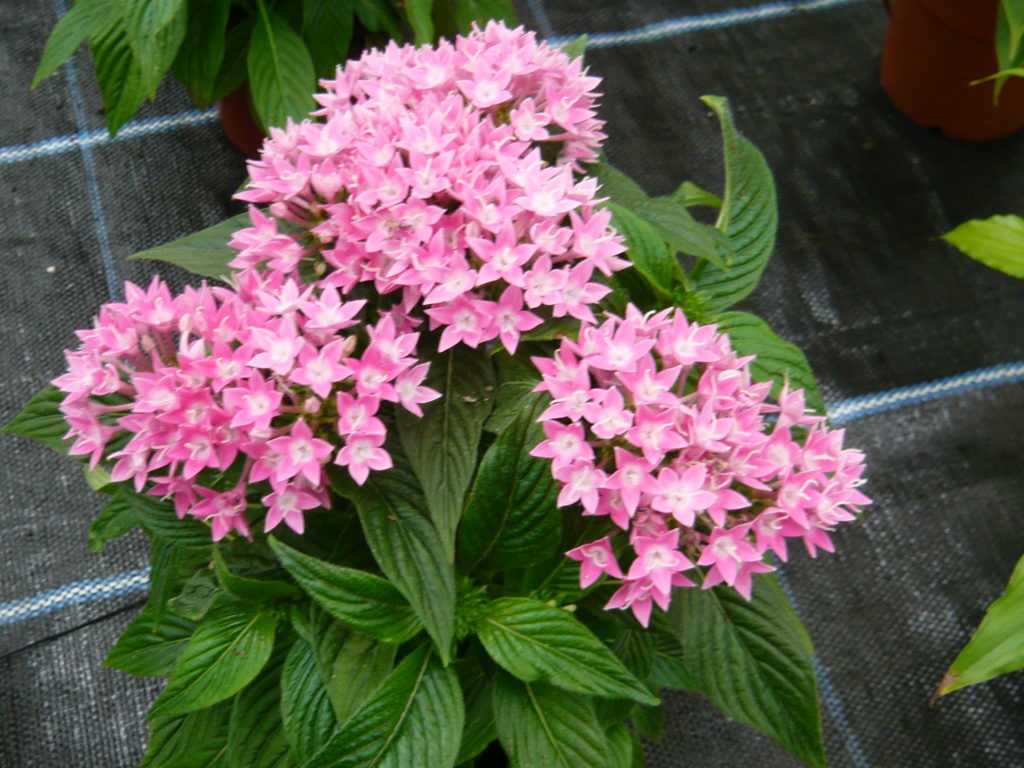
Pentas are semi-tropical shrubs grown as annuals that will be ideal if we have a long warm summer. (What is one of those I hear you ask?) They may last through a mild winter and gradually become a woody a 3 foot high shrub .
How to Grow Pentas
- The nectar-rich blossoms grow in 3” clusters over a long blooming season in vibrant red, white, pink, and purple shades.
- Bees and butterflies are attracted to them due to the open flowers and high insect food content.
- Pentas will tolerate some shade but perform best in full sun that is also attractive to the butterflies.
- Pentas appreciate a mildly acidic soil above pH 5.5
- Grow from fresh saved or purchased seed providing light for germination. Don’t cover them with soil when sowing.
- Soft wood cuttings may be grown in a greenhouse.
- To avoid leggy growth keep in the sun and provide moisture rich soil.
Pentas Varieties to Try
- Penta lanceolata belongs to the Rubiaceae family are often called “Egyptian Star Flower†due to the flower’s shape.They are very popular in the USA where the following varieties may be acquired.
- ‘Butterfly’ series: Easy to grow from seed
- ‘Graffiti’ series: Compact mounding plants
- ‘Kaleidoscope Appleblossom’: Pale pink and rose on the same flower; an early bloomer
- ‘New Look’ series: Upright plants that don’t flop
- ‘Northern Lights’: Continues to produce pale lavender flowers in cool temperatures
- Other common names for Pentas include star flower or star cluster.
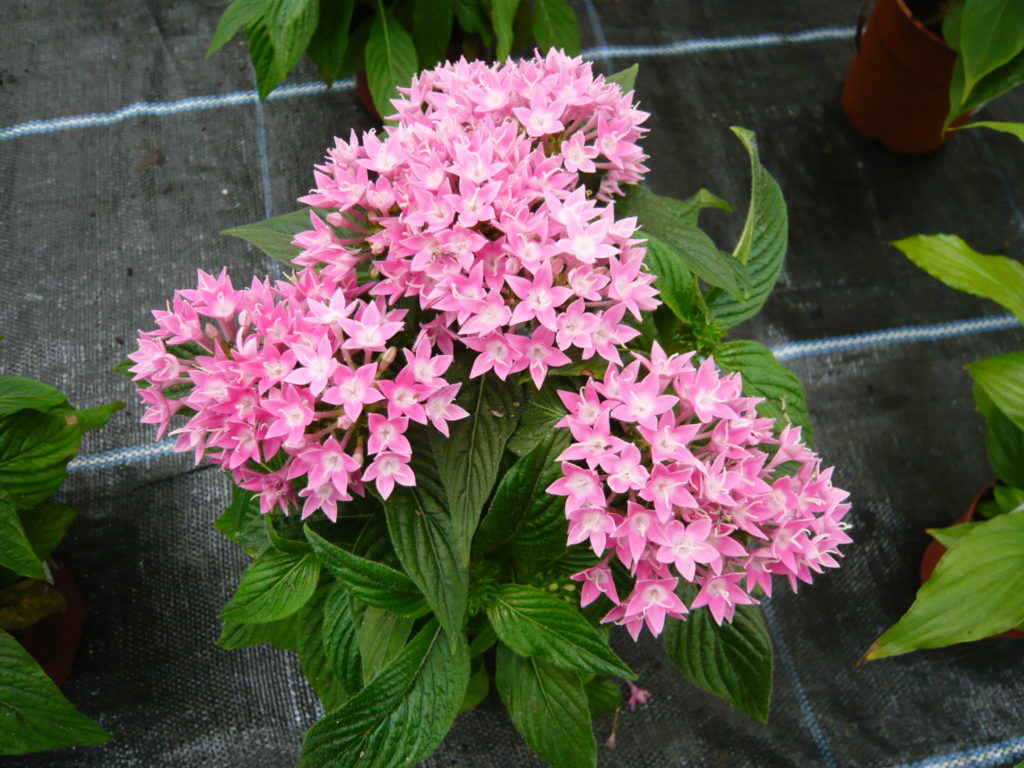
Another view of the same plant

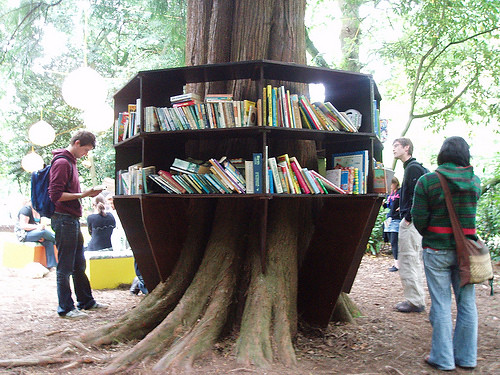







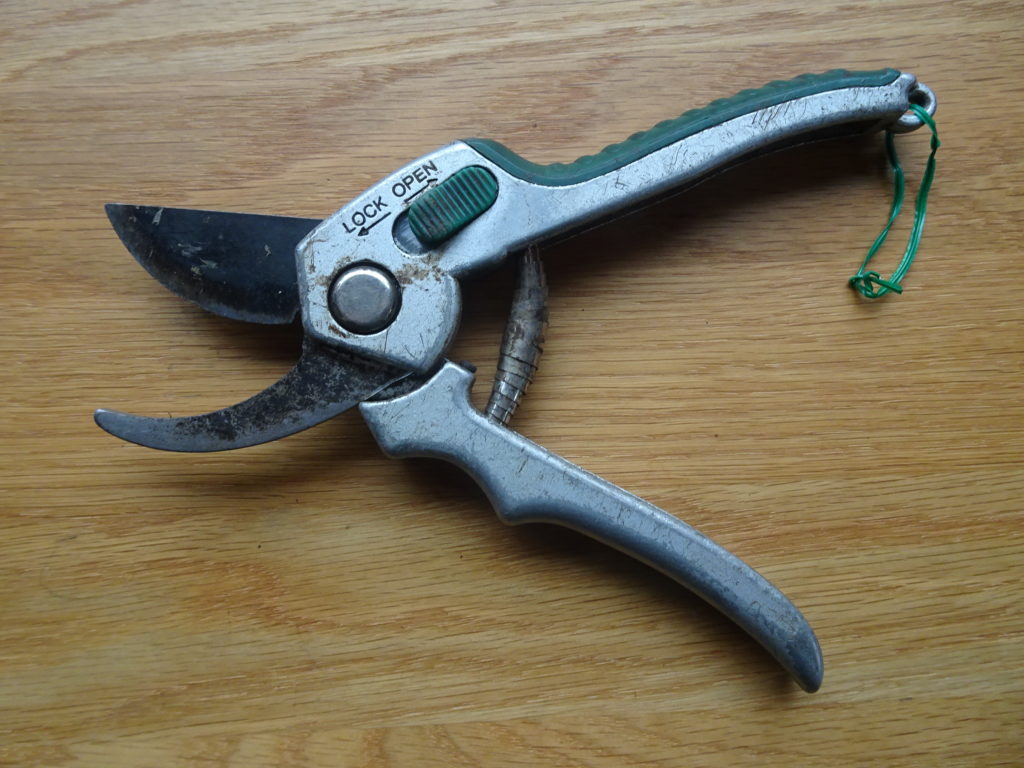
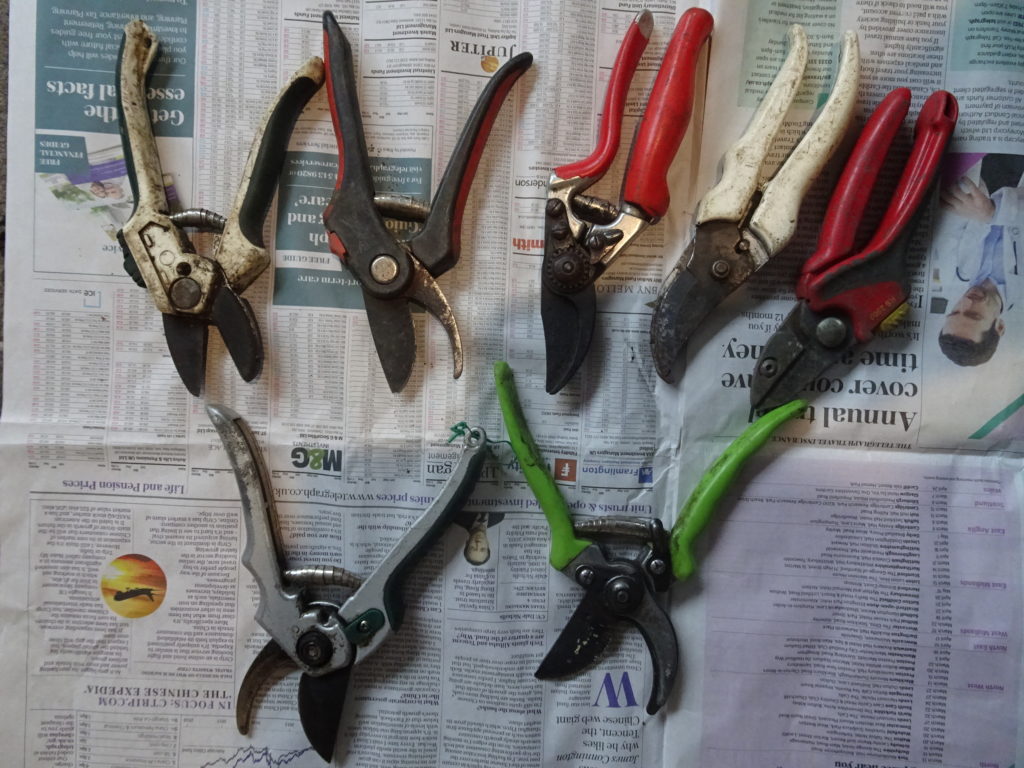

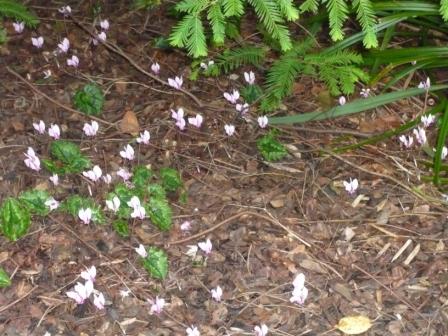
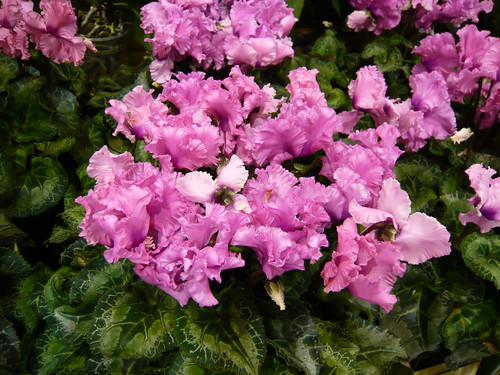
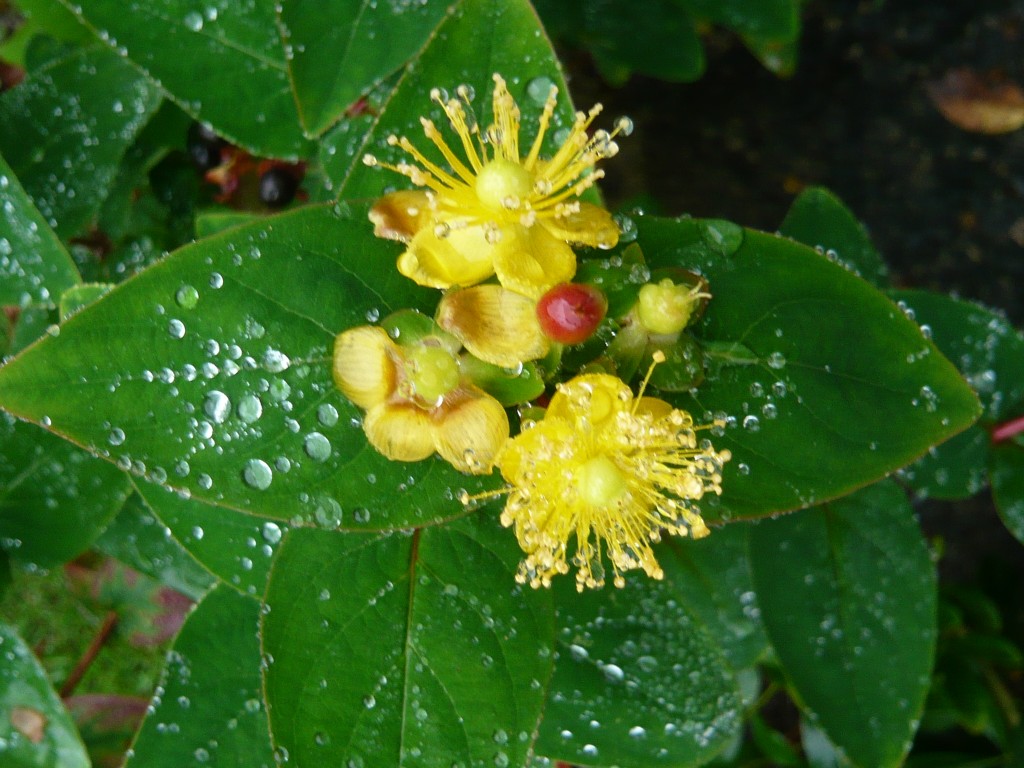


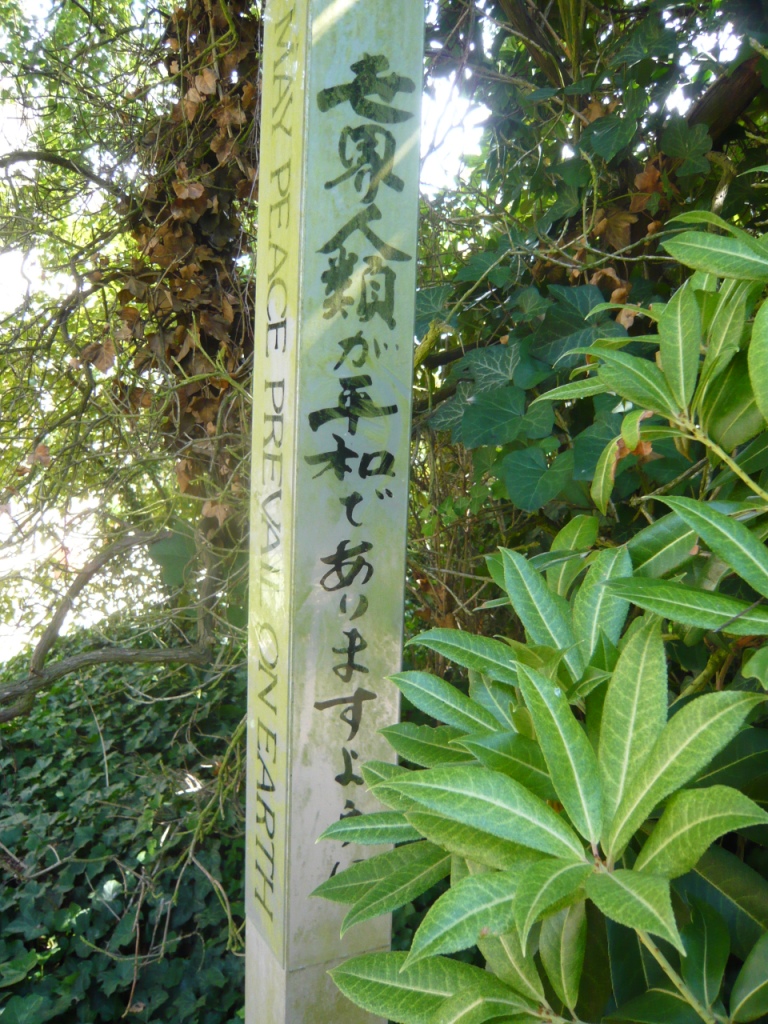
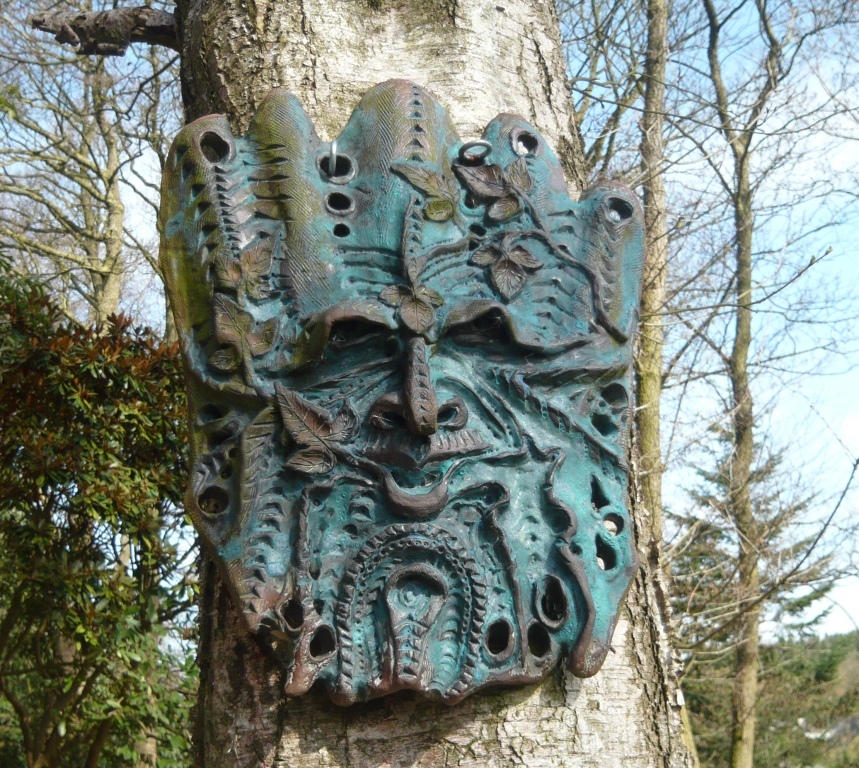 Roylan
Roylan
